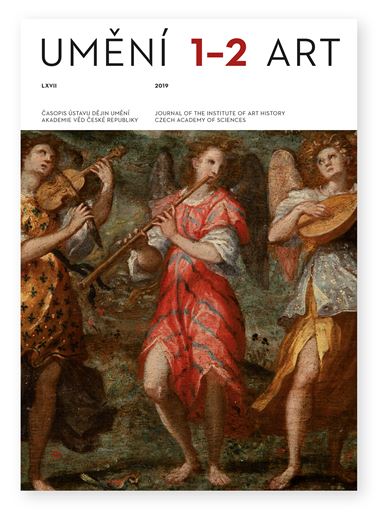Barbora Řepková
Sen o stadionu. Dlouhá cesta ke stavbě plaveckého stadionu v Praze-Podolí
A swimming stadium, as opposed to bathing pools and leisure pools, must include a fifty-metre Olympic pool, a diving tower and stands for onlookers, all this ideally also in a covered winter variant. The construction of such a facility in our capital city took a surprisingly long time. The article first traces some unrealised intentions for the construction of a swimming complex and also recalls the well-known pool at Barrandov, the glory of which, however, did not last long. The stadium that finally fully satisfied the requirements for the functional aspects of the building was opened on the site of former cement works in Podolí in 1965 on the occasion of the 3rd State- wide Spartakiada. The development of the intention to construct this stadium is presented by means of archive materials, unrealised projects and reflections in the press of the time, which shed light on the practical and political circumstances that influenced the project and its realisation. Richard Ferdinand Podzemný, the author of realised project, remains best known for his work between the wars, mainly residential housing. The Stadium in Podolí does show signs of his functionalist training, but in the organic form of its widespan roofing it had also introduced into Czech architectural discourse fresh themes from contemporary western practice. The dynamic wave characterising the building is the result of an unusual combination of the roof of the hall containing the covered pool with the load-bearing construction of the outdoor stand. This article debates the possible stimulus for this design, which may have been acquaintance with two buildings in Rome — the entrance hall of the Termini Station (1950) and the Olympic Stadium Flaminio (1959). Even a simple comparison with these significant foreign buildings suggests how valuable the construction in question in fact is. In spite of the undoubted urbanist, architectural and technical qualities of the entire site, this complex, which has been in use for over fifty years, is yet to be protected by heritage listing.
< back

